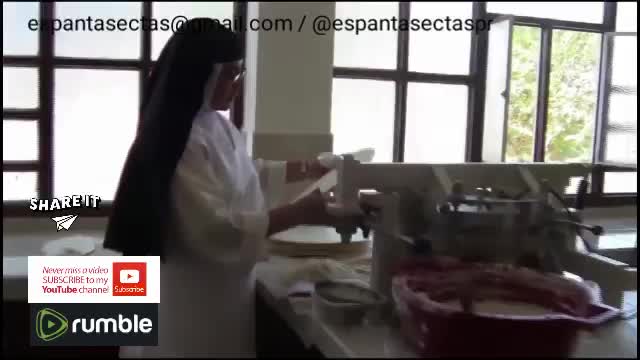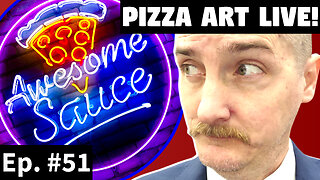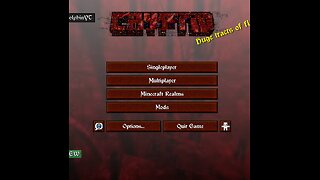Premium Only Content

MAKING HOST FOR EVERY CATHOLIC CHURCH MASS
The hosts "
From the Latin hostire, "to depart", "to break". The host is white, round and thin unleavened bread. Made with flour, it is transubstantiated in the Eucharist and is communicated by the president and the faithful. In the first centuries the daily bread "of each day" was used in the Eucharist. From the 9th century the unleavened bread began to be used. The host is also called “form”.
The hosts are unleavened bread discs, that is to say, no yeast has been used in their preparation.
Normally, this Eucharistic bread is made by hand by the priests and nuns themselves, although there are also bakeries specialized in its preparation.
The recipe for the hosts is very simple: water and a mixture of flour from different varieties of wheat. One of them, rich in gluten, is what gives the Form its corky texture.
The previously extended dough is heated between two plates at 170 ºC, so that the water evaporates. In this way, sheets of dry and crusty bread are obtained, which are stacked and moistened with water. Then, with a special dough cutter, the hosts themselves are cut, which are left to air for 5 or 6 days, before being packaged.
Credits:
# Catholic Apologetics (Learn from the Bible and defend your Faith)
**Under the fair use doctrine of US copyright statute, it is permissible to use limited portions of a work, including citations, for purposes such as comment, criticism, news reporting and academic reports. There are no legal rules that allow the use of a specific number of words, a certain number of musical notes, or a percentage of a work. The determination of whether a particular use qualifies as fair use depends on all the circumstances surrounding that fact. See the Fair Use Index and Reproductions of Copyrighted Works by Educators and Librarians (Circular 21).
-
 LIVE
LIVE
EricJohnPizzaArtist
3 days agoAwesome Sauce PIZZA ART LIVE Ep. #51: Music Night featuring Sophmore John!
54 watching -
 LIVE
LIVE
sophiesnazz
3 hours ago $1.76 earnedWE VIBING! !socials
232 watching -
 23:14
23:14
DeVory Darkins
1 day agoDemocrats STUNNED by Political Attack as No Kings Portest Erupt
36.1K506 -
 LIVE
LIVE
VapinGamers
1 hour ago $0.01 earnedFathers Day Fortnite - Gonna Go Scream at the Kids to Get Off My Lawn - !rumbot Beta Version
86 watching -
 LIVE
LIVE
NeoX5
2 hours agoTime to Take Control! | Glitchless | Summer of Games Ep 10 | Rumble Gaming
90 watching -
 20:48
20:48
Stephen Gardner
1 day ago🚨You WON'T BELIEVE what just happened to Trump & George Soros!
90K649 -
 LIVE
LIVE
Solar Dolphin
2 hours agoMinecraft: The scariest Horror Mod playthrough
77 watching -
 1:18:53
1:18:53
Sadix2112
2 days agoDissidia Duodecim Final Fantasy Episode 4 Heroic Dose
578 -
 LIVE
LIVE
Lofi Girl
2 years agolofi hip hop radio 📚 - beats to relax/study to
580 watching -
 2:55:03
2:55:03
BrancoFXDC
4 hours ago $3.68 earnedFather's Day Resurgence Rounds
17.5K1